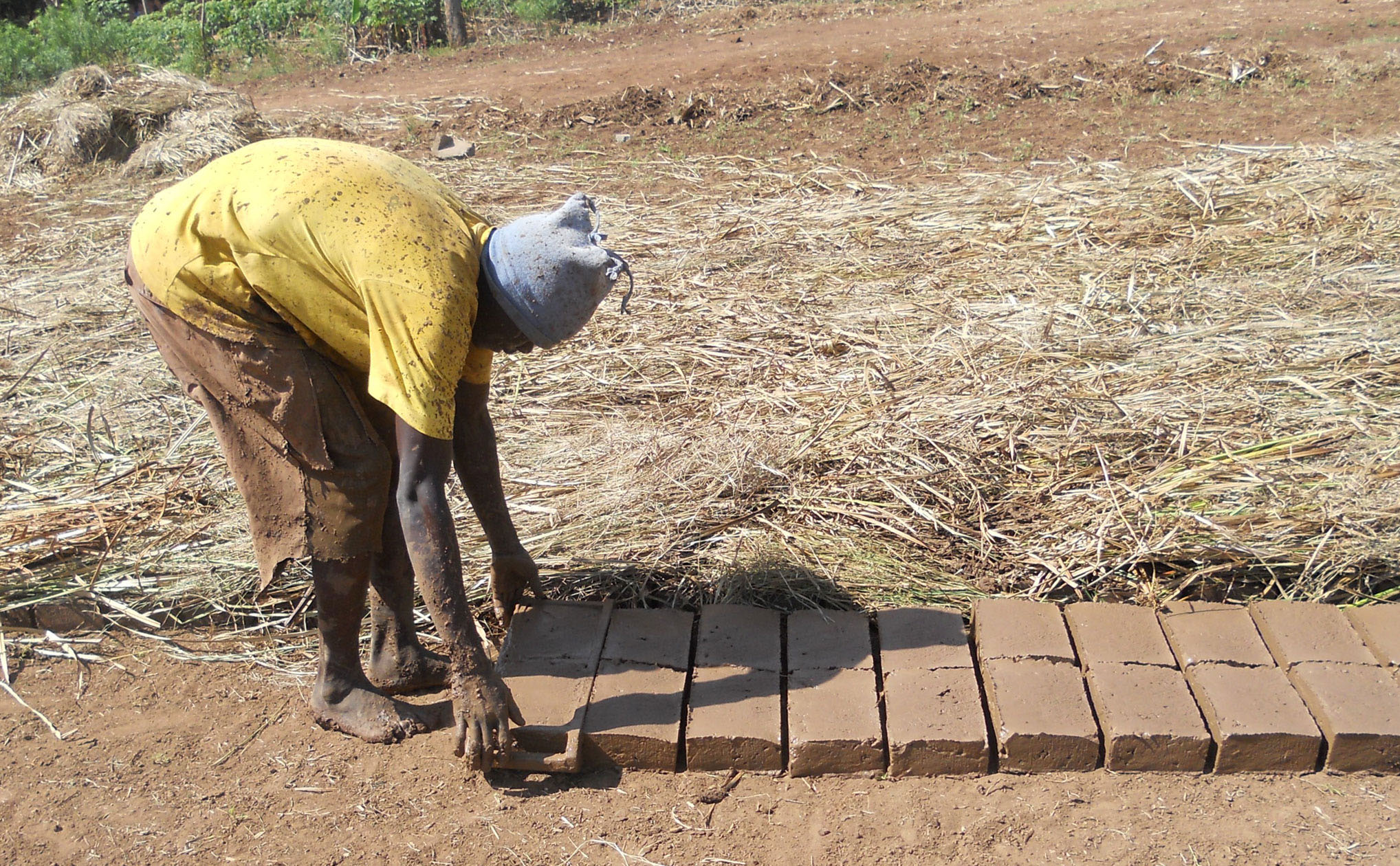By the People, for the People: Kachumbala Maternity Unit Opens in Uganda
Giving life to architecture carries the responsibility to sustain life for many people — the people who design it, build it, use it, own it — and responsibility to the earth, too. When we approach design by engaging this network of stakeholders, we can change the world. In November, we opened a maternity unit in Kachumbala, Uganda — it’s one shining example of how this design ecosystem can work.

Located in the Bukedea District, Kachumbala is an impoverished, rural area in eastern Uganda, home to 160,000 people with limited access to health care. The region’s existing maternity ward was part of an existing health facility built in the 1950s. Two cramped, windowless rooms served as a place to give birth and receive pre- and post-natal care and it also doubled as an office where health care providers did their paperwork and stored medical records.
Yet Kachumbala’s women were considered lucky to score a bed at the facility. The population in the region has grown, and the ward couldn’t accommodate nearly half of the expectant mothers who travel to the facility — most often long distances on the back of a motorcycle taxi — to give birth. Some women would have their baby and need to be moved out into the hallway to recover on a cement floor. Faced with a bleak choice, many women decide to stay home and give birth without medical assistance.
As a result, the region suffers from a high infant and maternal mortality rate: an estimated 35-40 children out of every 1,000 don’t live to see their first birthday. Statistics indicate that sub-Saharan Africa is one of the most dangerous places on earth to be pregnant and give birth. Complications from childbirth, poor nutrition, infection, cross contamination, limited access to care, malaria, HIV and AIDS all impact health outcomes for mothers and their children in this part of the world.
To improve Kachumbala’s delivery of health and reduce infant and maternal deaths, HKS designed a sustainable, passive maternity facility. To build it, HKS partnered with Engineers for Overseas Development (EFOD), a Wales-based nonprofit, and Cyfle Building Skills, an organization that trains young apprentices in the building trades, who are charged with fundraising for their projects and making two-week site visits to train a local workforce and supervise construction.

Furthering the challenge of expanding the maternity unit: Kachumbala does not have a reliable source of electricity. To build the new ward, HKS and EFOD devised a fully passive building, created with vernacular construction methods.
By considering the building’s current and future impacts through the lens of a responsible design ecosystem, HKS and EFOD gave the region a health care facility that has, in the short time it’s been open, made an immediate impact on the health of Kachumbala’s mothers and children. We did it by changing the way we think about design and project delivery:
- How we partner. On its own, it would be difficult to design, build and staff a small pro bono project in a remote part of the world without an established office or presence. For more than a decade, EFOD has been on the ground in Kachumbala, working with village elders and community members on meaningful projects that have real impacts. We built and maintained trust with the community.
- The people who build it. EFOD hired and trained more than 40 community members to help build the maternity unit right alongside our team. These paid construction workers gained valuable skills for future employment.
- The materials we build with. About 95 percent of the construction materials were sourced within 20 miles of the site. Literally everything was built by hand— no cranes to lift trusses or machinery was used — we had to rely on methods that didn’t require electricity. Handmade bricks that form the building’s structure were made on-site, baked in the sun, not fired (saving trees from being cut and burned). Using regionally made products is environmentally and socially responsible and supports the local economy.
- Our impact to the planet. The sustainable, passive design will have a minimal impact on regional resources, while improving health care for its people.


Impact Beyond Uganda
While the impact of the project on the people of Kachumbala is easy to see, the project also had a major impact on our firm, and how we design moving forward.
Community engagement and research into local materials and construction methods gave our designers a new perspective on what it means to design within a local context.
Our perspective on funding projects also shifted. In June 2016, HKS launched an ambitious employee fundraising campaign to help complete construction of the Kachumbala maternity unit. We raised more than 25 percent of the total construction cost through our own employee’s donations, in addition to the design which HKS offered pro-bono through HKS’ social impact initiative, Citizen HKS. We raised enough money to equip the unit, including staff work stations and storage lockers for patient’s personal items.
The new maternity unit accommodates up to six births each day, the average for the region. There is ample land for future expansion. As a result, all women in the Bukedea district now have access to a maternity ward. The Kachumbala Maternity Unit is changing lives in Uganda, and its design example can change the world, too.
Kachumbala Maternity Unit has been honored with TWO accolades at the European Healthcare Design Awards. One for ‘Healthcare Design under 20,000 square meters,’ and another for ‘Design for Health and Wellness.’

